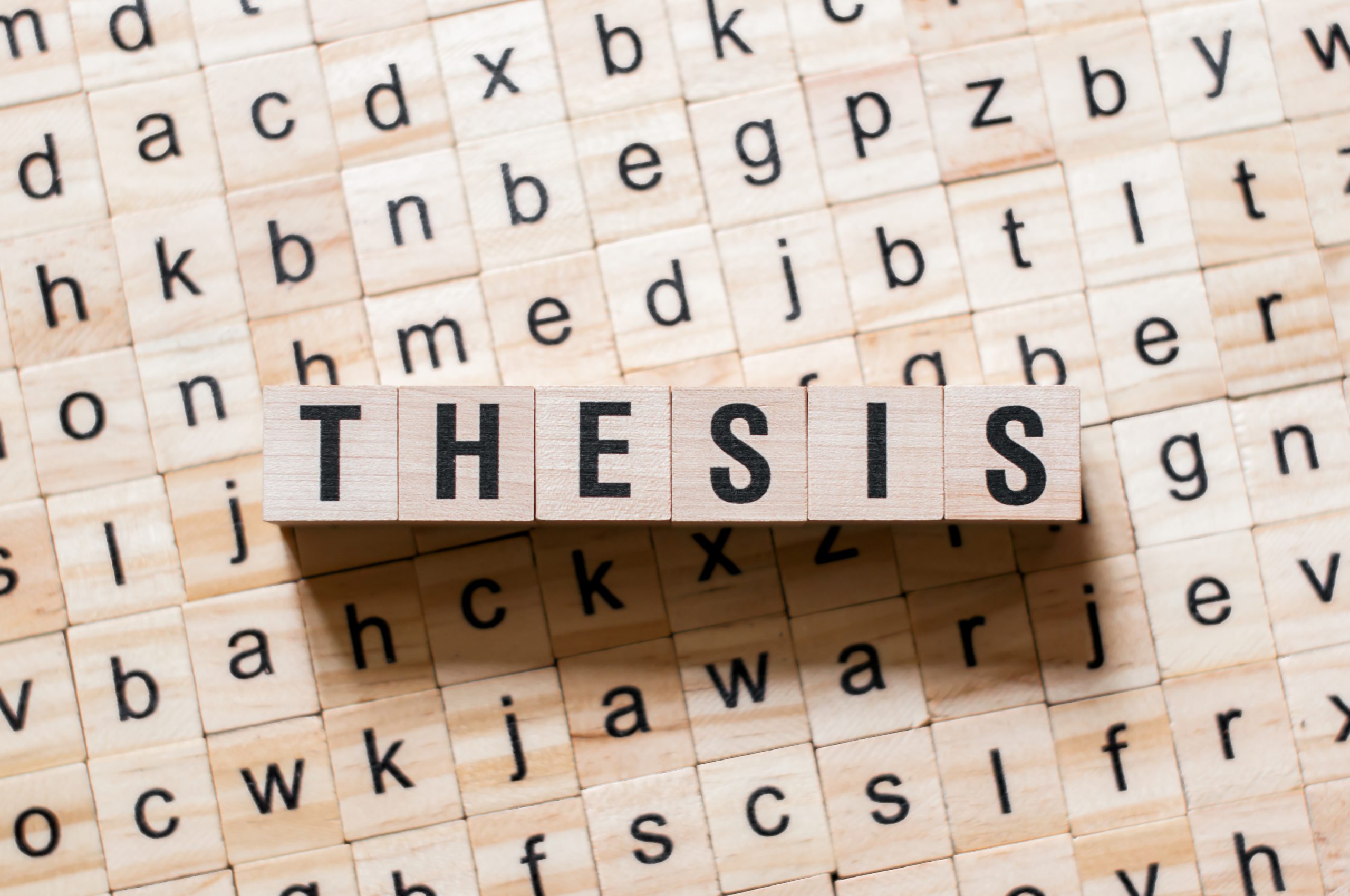CHARACTERIZING SURROUND SUPPRESSION IN MOTION DIRECTION PERCEPTION
Aslı Gül Kurt
Sinirbilim
Danışman: Prof. Hüseyin Boyacı
Tarih: 01.07.2021
Saat: 10:30 – 12:00
Yer: Zoom meeting
https://us02web.zoom.us/j/84703628745?pwd=TUJBV2MwVEs5TzgzSW53QXloQ3hjdz09
Meeting ID: 847 0362 8745
Passcode: vxRWm3
ÖZET
Visual perception is often achieved by surround modulation mechanisms, which help us pool individual information in our visual field. This mechanism is also prominent in motion perception, namely motion discrimination. A center-surround antagonistic organization aids motion perception using these modulation mechanisms, which are facilitation or suppression. Decisions to which modulation type will take place are usually manipulated by changing size and contrast of drifting Gabor disc stimuli. Because a systematic investigation of these mechanisms is not conducted in prior research, we have used three different types of stimuli (small disc, annular, and large disc grating) to see whether there is a facilitative or suppressive pattern between duration thresholds of these stimuli. To achieve this, we performed a behavioral study, that would assess motion discrimination thresholds of human participants for these stimuli via adaptive staircase procedures. Then, we looked for three possible pooling regimes by comparing duration thresholds of small disc-annular-large disc grating stimulus sets: efficient or inefficient (weak or strong suppression) pooling. We found that duration thresholds of large disc gratings were almost greater than small disc or annular gratings almost all the time in both contrast levels, which indicated a strong suppression. We have also conducted simulations of divisive normalization models and observed that modulation mechanisms were more prominent in simulated duration thresholds using MT parameters from literature than V1. Although previous literature suggests that MT region produces facilitative or suppressive effects within itself, we are not able to postulate a specific brain region creating strong suppressive pooling we observed in our behavioral data. This is why this study is a critical next step for future neuroimaging studies.
Anahtar Kelimeler: Motion perception, center-surround interaction, response pooling properties, divisive normalization
